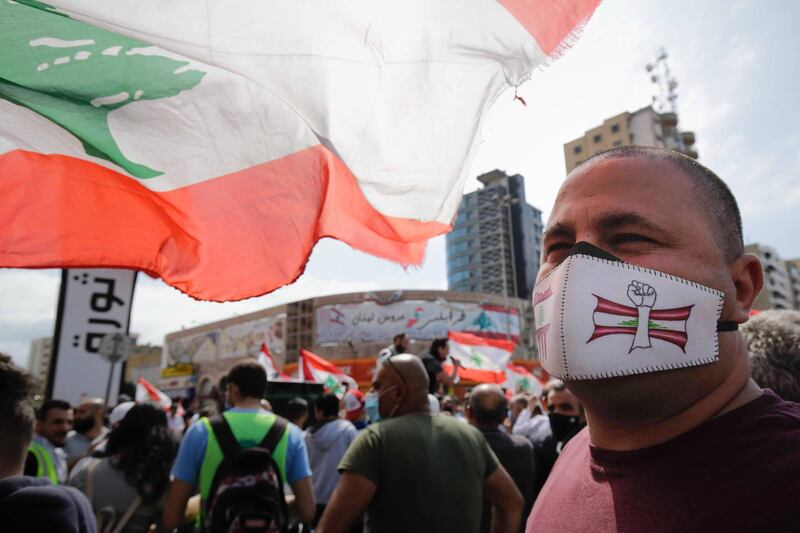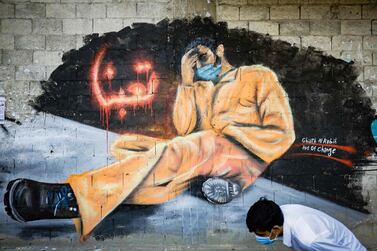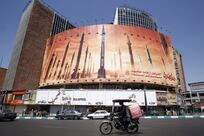Since last October, Lebanon's self-styled "revolution" has brought hope for change and put the demands of ordinary people centre-stage at home and abroad. At its peak, more than 1 million people – a quarter of the population – took to the streets, demanding the departure of the sectarian ruling class, the end of widespread corruption and better living conditions.
Photographs of unparalleled crowds gathering in Beirut's Martyrs square made headlines around the world. Yet the city that has come to symbolise the uprising is not Beirut itself, but Tripoli, the capital's sister to the north. Once a haven for militants, Tripoli is now called "the bride of the revolution".
The country’s second largest city has been regarded as an outcast ever since the creation of the state of Greater Lebanon in 1920. Prior to that, Lebanon and Syria were both administered as part of one undivided region, in which Tripoli was an important trading hub between northern Lebanon and the Syrian coast. The separation cut Tripoli off from its traditional trading partners to the north, rendering it a peripheral city.
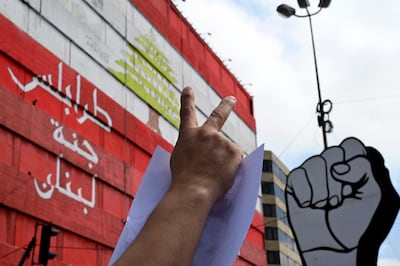
In the 1950s, when the pan-Arabism movement became popular, many Lebanese demanded their country be “reunited” with Syria. Nowhere in Lebanon was this movement as strong as it was in Tripoli. Traces of these sentiments still linger today. For example, the northern chapters of many of Lebanon’s oldest unions, including the Lebanese Order of Physicians, retain distinct identities from their counterparts elsewhere in the country –relics of a time when they refused to recognise the Lebanese state.
And yet, some of Lebanon’s longest-serving leaders hail from Tripoli. Former prime ministers Najib Mikati and Omar Karami, for example, each held the Lebanese premiership twice. Mohammad Safadi is a wealthy businessman and was Mr Mikati's finance minister. But they, along with much of the rest of Tripoli’s elite, have done little to make life better for their fellow Tripolitans.
Forgotten by Beirut and abandoned by its prodigal sons, today half of Tripoli's population lives below the poverty line – almost twice Lebanon's national average.
It is no wonder that its people have not only joined the uprising, but are now leading a second wave of protests, which kicked off at the end of April. The onset of Lebanon’s "October Revolution" was followed by a financial crisis that has only further deteriorated living conditions. A devalued Lebanese pound and a shortage of dollars, to which the pound is pegged, have resulted in inflation and soaring prices, while the coronavirus pandemic has taken its own toll. Increasing joblessness and poverty rates are on the horizon.
To top it all, Lebanon’s unity government, which resigned at the end of October due to the protests, has been replaced by Hezbollah-backed Prime Minister Hassan Diab and his cabinet. The economic and political situation that prompted the October protests has, by every measure, only gotten worse.
Besides being the victim of corruption and poverty along with the rest of Lebanon, Tripoli's woes are compounded by the legacy of its history as a staging ground for Sunni militant groups. During the ongoing Syrian Civil War, sectarian tensions have been revived in parts of Lebanon, with militant Shiite Hezbollah and Amal supporters siding with the Syrian government, and many Sunnis supporting Syria’s rebels. Clashes have erupted in Beirut and Sidon, but the bloodiest battles have taken place in Tripoli.
These began as early as 2011. By 2014, extremist Sunni militants had established themselves throughout Syria, where ISIS controlled large swathes of land. Extremists also secured pockets of territory in some of Tripoli’s poorest neighbourhoods and briefly overtook the northern town of Arsal. By the time the takeover was quashed, hundreds had died and many of the region’s disenfranchised youth had fled to Syria to join the ranks of Al Nusra Front (now Hayat Tahrir Al Sham) and ISIS.
These difficult episodes have tainted Tripoli's image in the eyes of many, even as it joins the rest of Lebanon in an anti-sectarian uprising. Now, when Tripolitans take to the streets – even for a secular cause – they are framed by Hezbollah and its allies as militants in disguise. Clips of marches have been shared online and on Whatsapp by Hezbollah sympathisers, stoking fears that the forsaken city has a hidden extremist agenda.
As Tripoli’s protesters lead the way to change, tensions remain on the horizon. The only death recorded thus far in this second wave of protests happened in Tripoli. Twenty-six-year-old Fawaz Al Samman died from a bullet wound to the chest, fired by the Lebanese army. The incident has evoked painful memories of the many clashes between the army and militants in the city's history. But this time, the victim was an unarmed, peaceful protester.
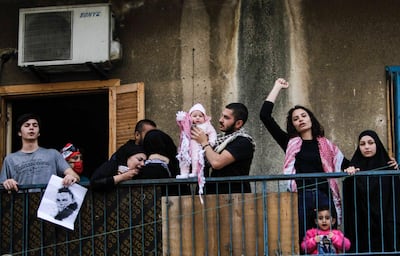
Instead of falling prey to sectarian rhetoric, the protest movement has embraced Fawaz as a “Martyr of the Revolution,” with his funeral procession in Tripoli attracting activists from all over the country. When a TV reporter gave her condolences to his sister Fatima, a phrase that roughly translates as “I hope you will be well”, she replied “I hope the revolution will be well.”
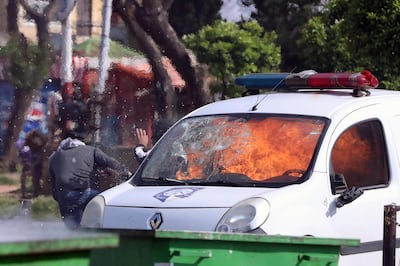
As protests turn violent, with demonstrators damaging banks as well as private and public property, while reports of increased police violence and even torture start to emerge, traditional political players are taking this opportunity to fan the flames of sectarianism and paint harmful regional stereotypes. So far, the Lebanese have not taken the bait.
Aya Iskandarani is a staff Comment writer at The National
